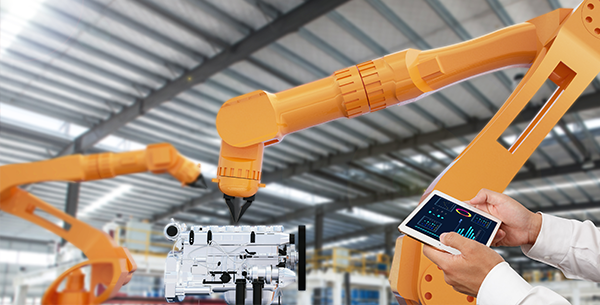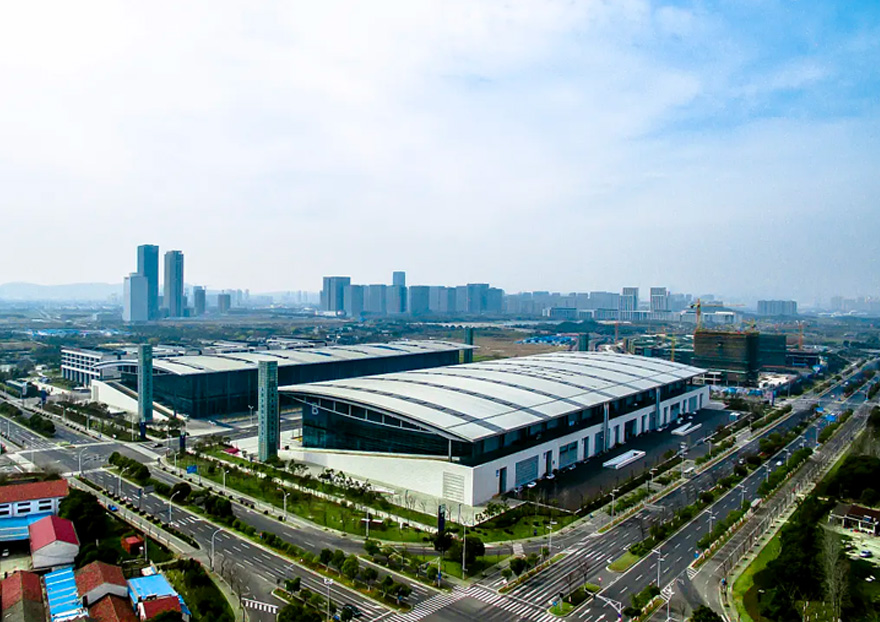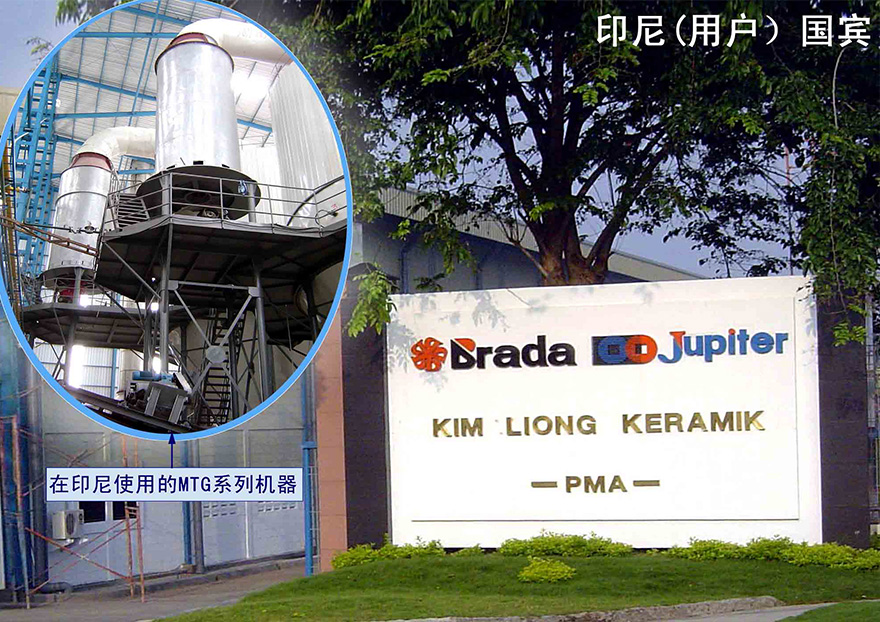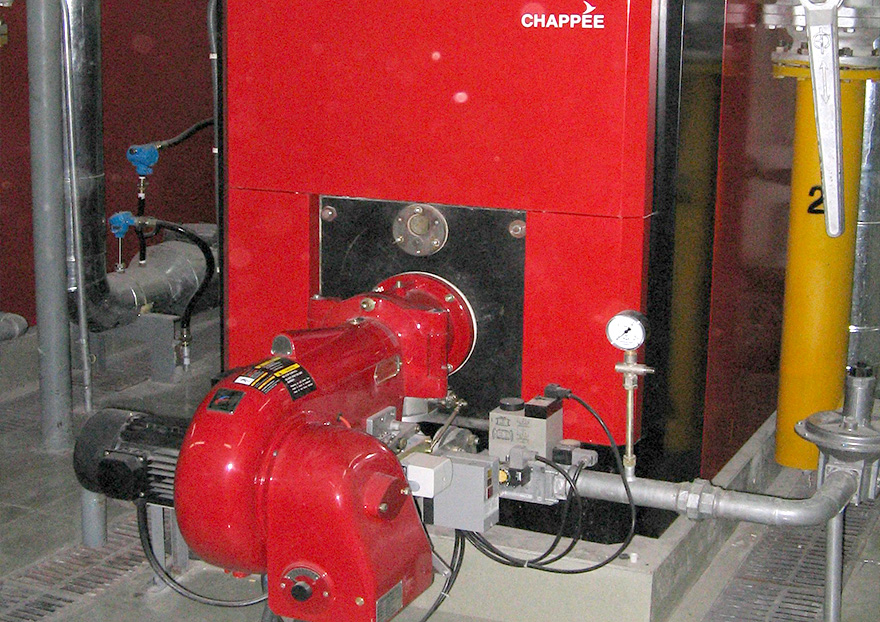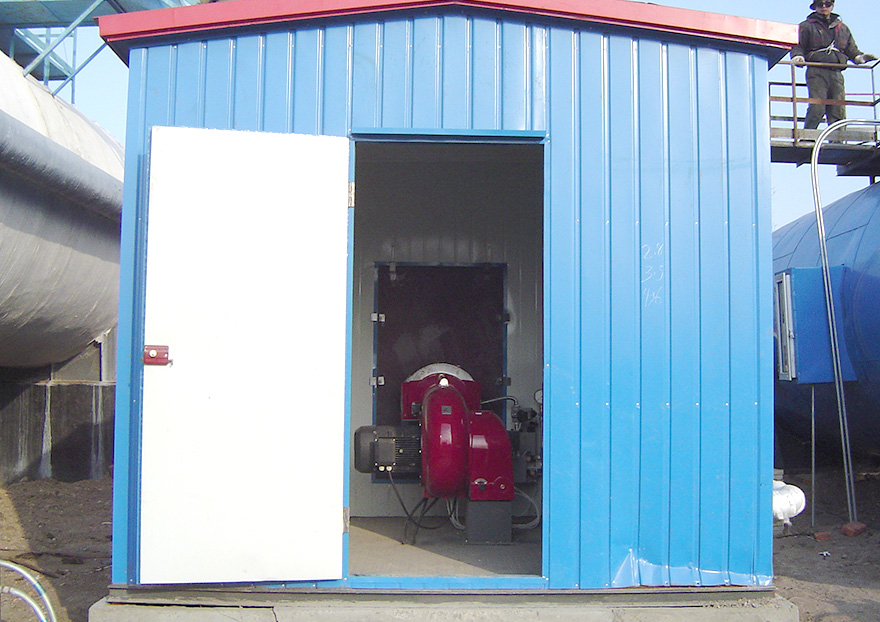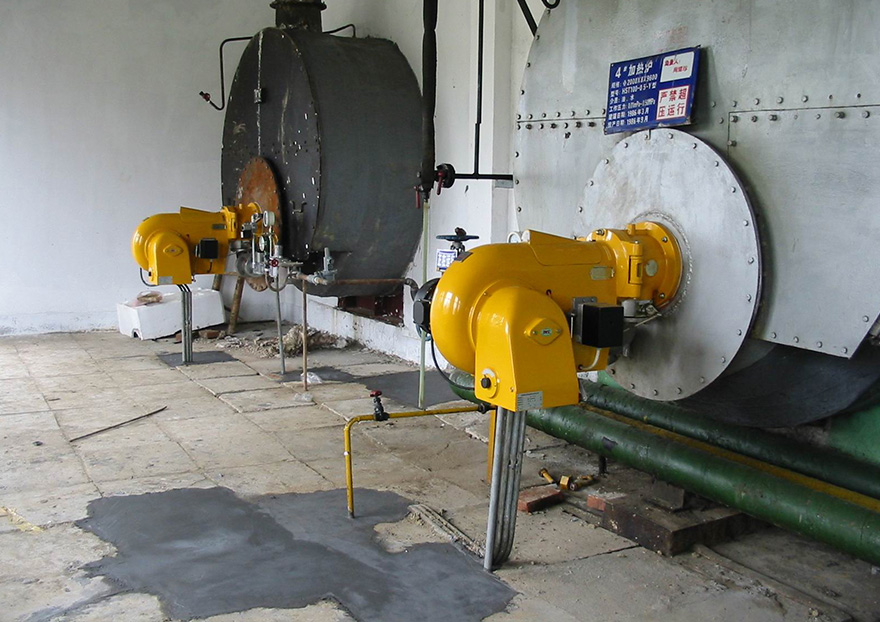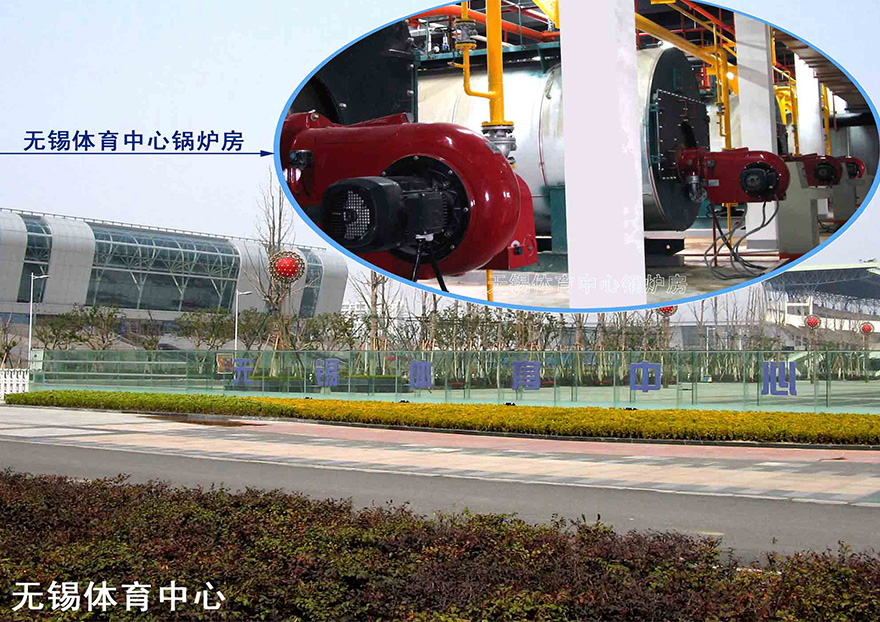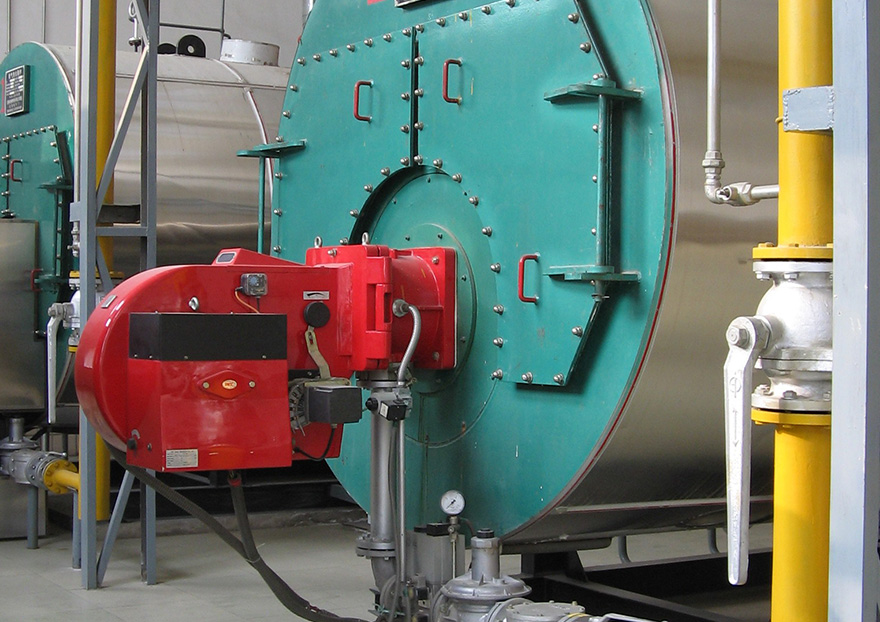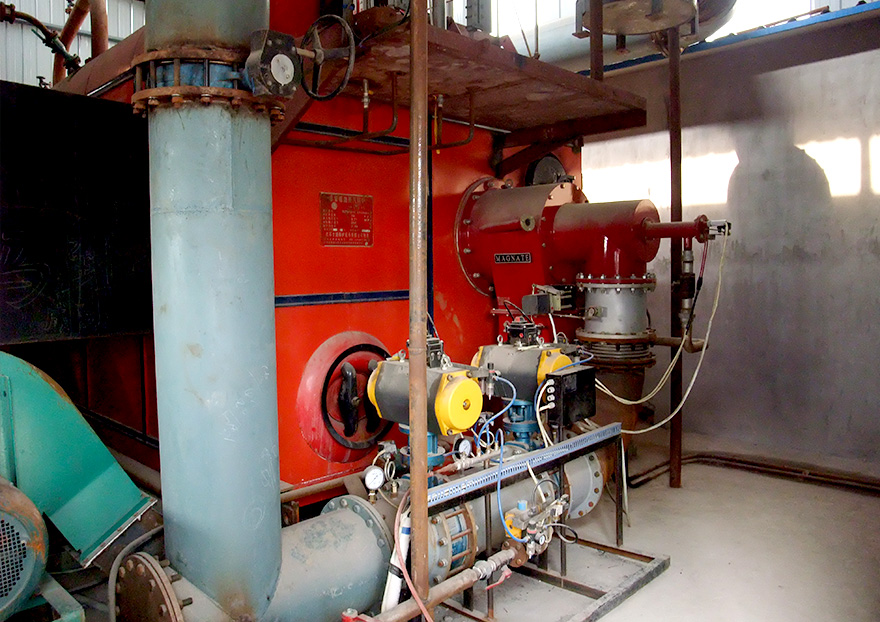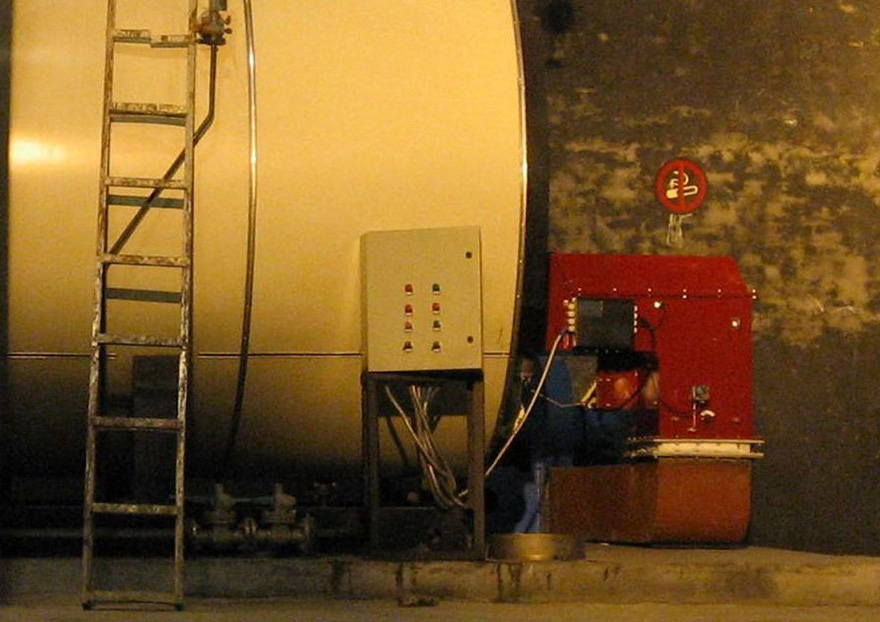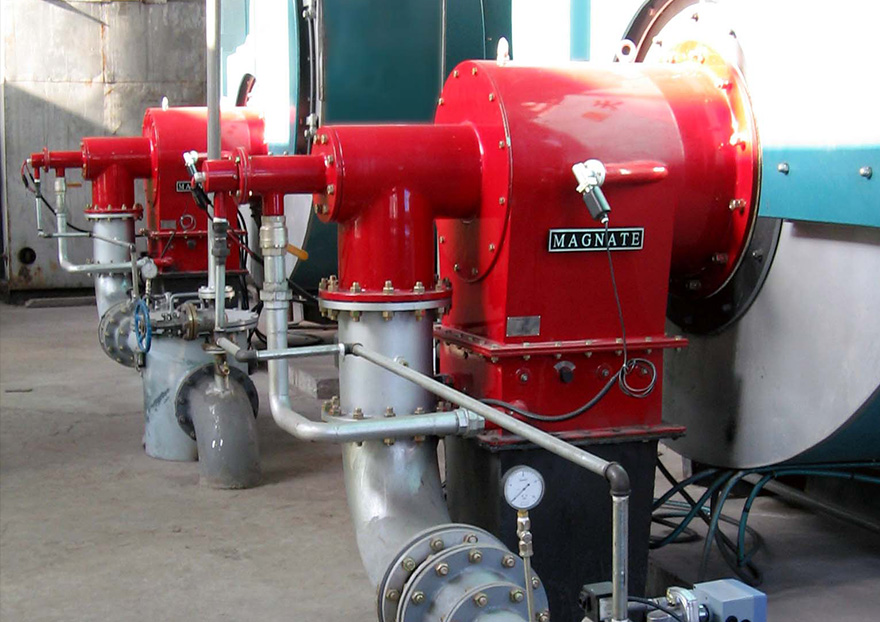Low nitrogen oxide combustion technology development history
2022-05-06 10:35:30
From the 1950s, foreign countries began to study the NOx generation mechanism and control methods in the combustion process of coal burning. The research results show that the most important factor affecting NOx generation and emission is combustion mode, that is, combustion conditions. Therefore, when the operating conditions of coal-fired equipment change, the NOx emission also changes. The combustion temperature, the concentration of O2, NHi, CHi, CO, C and H2 in the flue gas is the most important factor affecting the formation and destruction of NOx. Therefore, all the measures to reduce NOx emissions by changing the combustion conditions to control the above factors, to inhibit the formation of NOx or destroy the generated NOx, are called low NOx combustion technology.
The main characteristics of low NOx combustion technology are: mature process, low investment and operating costs. In countries with very strict requirements on NOx emissions (such as Germany and Japan), low NOx burners are used to reduce NOx by more than half before flue gas denitrification, in order to reduce NO at the entrance of denitrification facilities. Concentration, reduced investment and operating costs. Low NOx combustion technology is currently the most widely used, relatively simple, economic and effective way to reduce NOx emissions in a variety of technologies, but they reduce NOx emissions have a certain limit. Because reducing the combustion temperature and reducing the concentration of oxygen in the flue gas are not conducive to the coal combustion process itself, therefore, various low-nitrogen combustion technologies must not affect the stability of combustion, will not lead to the corrosion of reducing atmosphere on the heating surface, and will not increase the carbon content of fly ash unreasonably and reduce the boiler efficiency as the premise.





